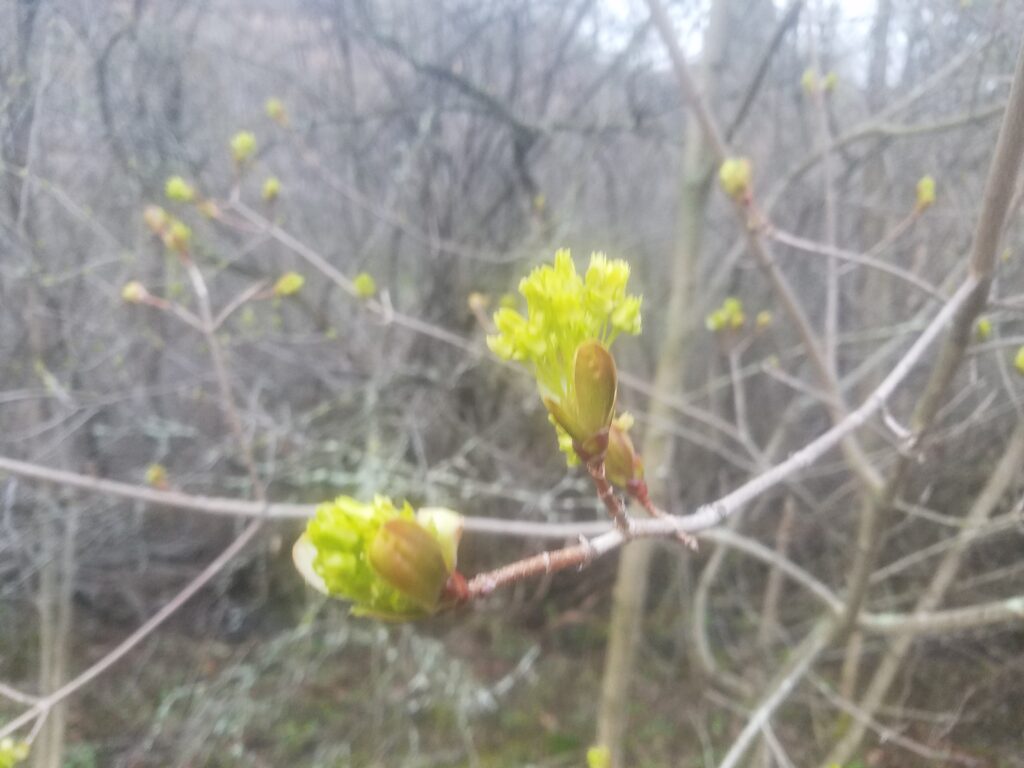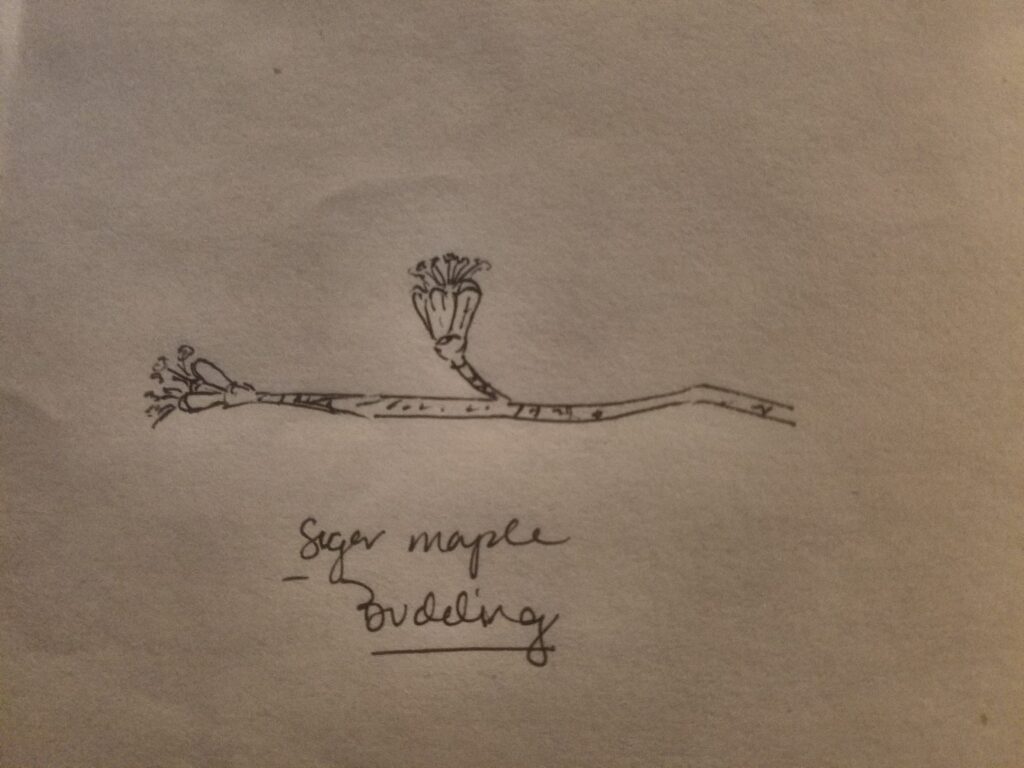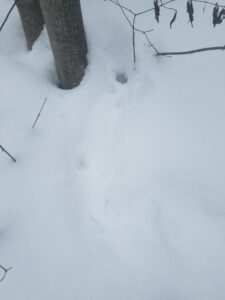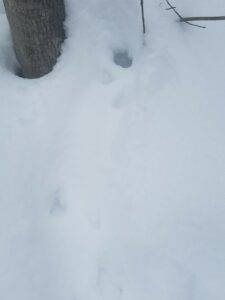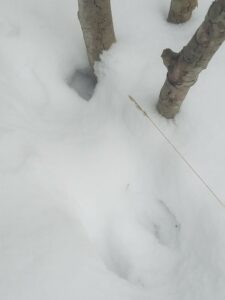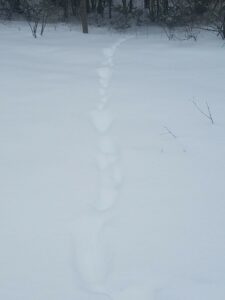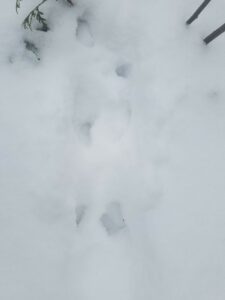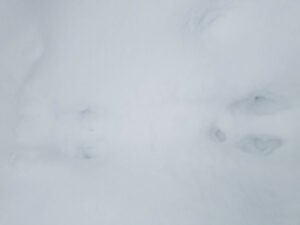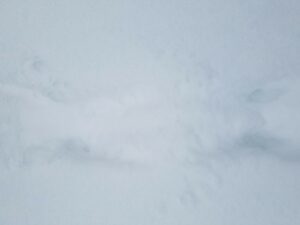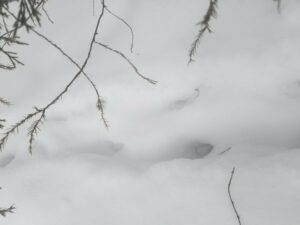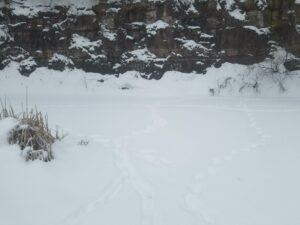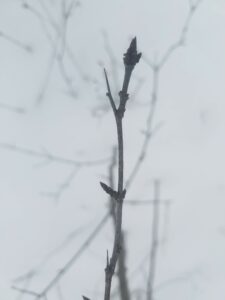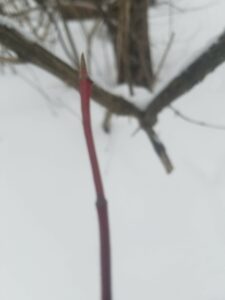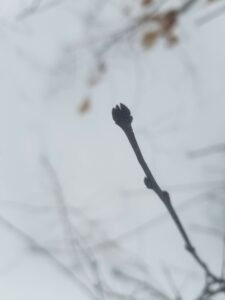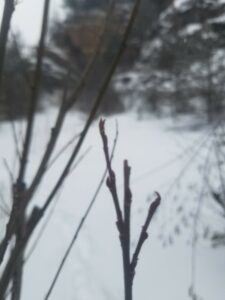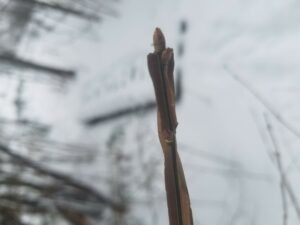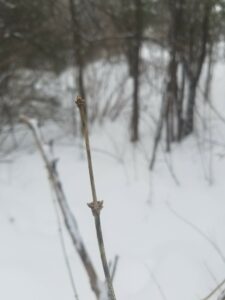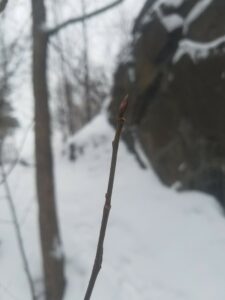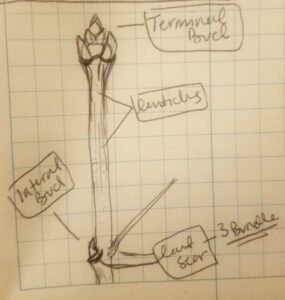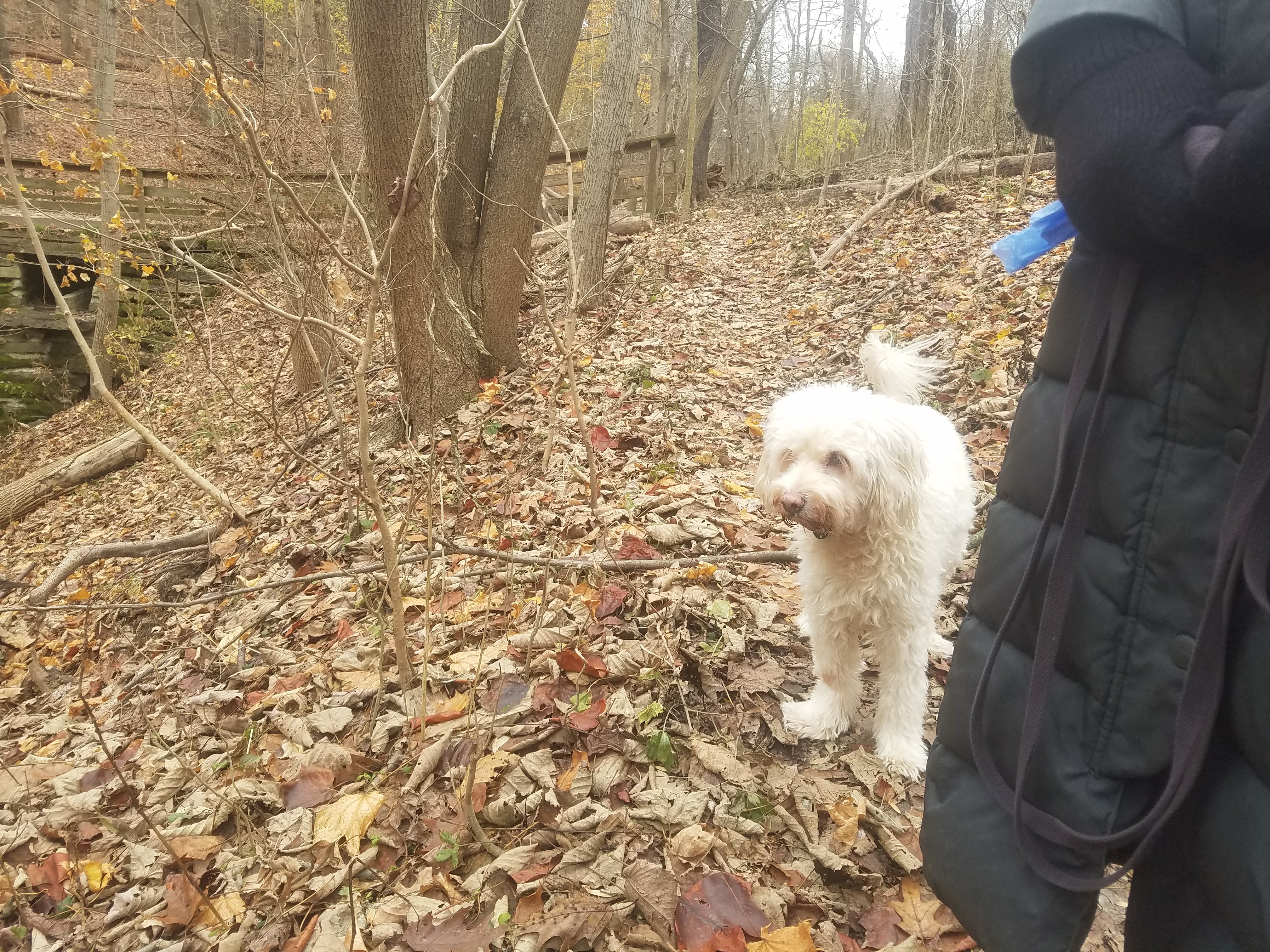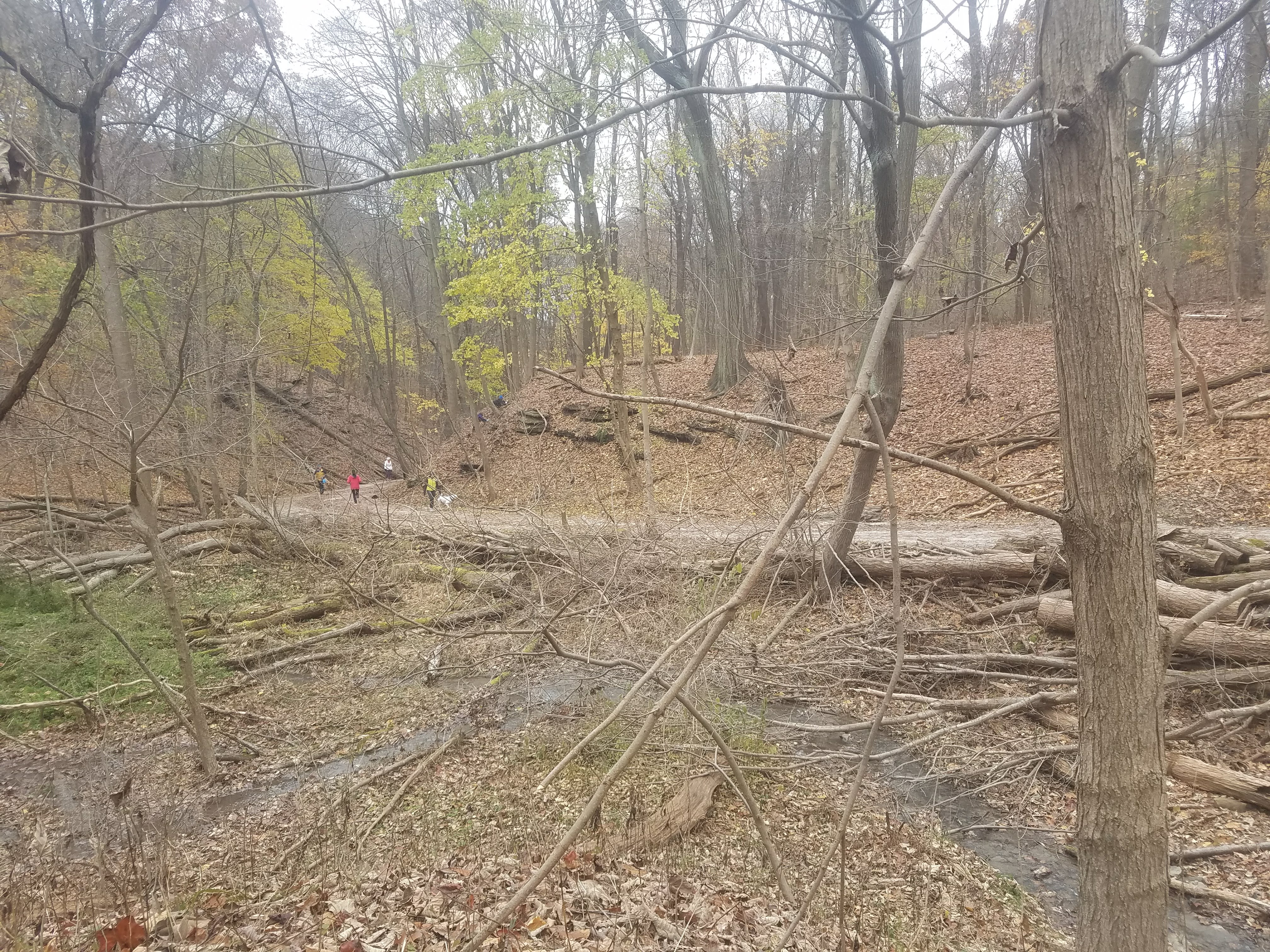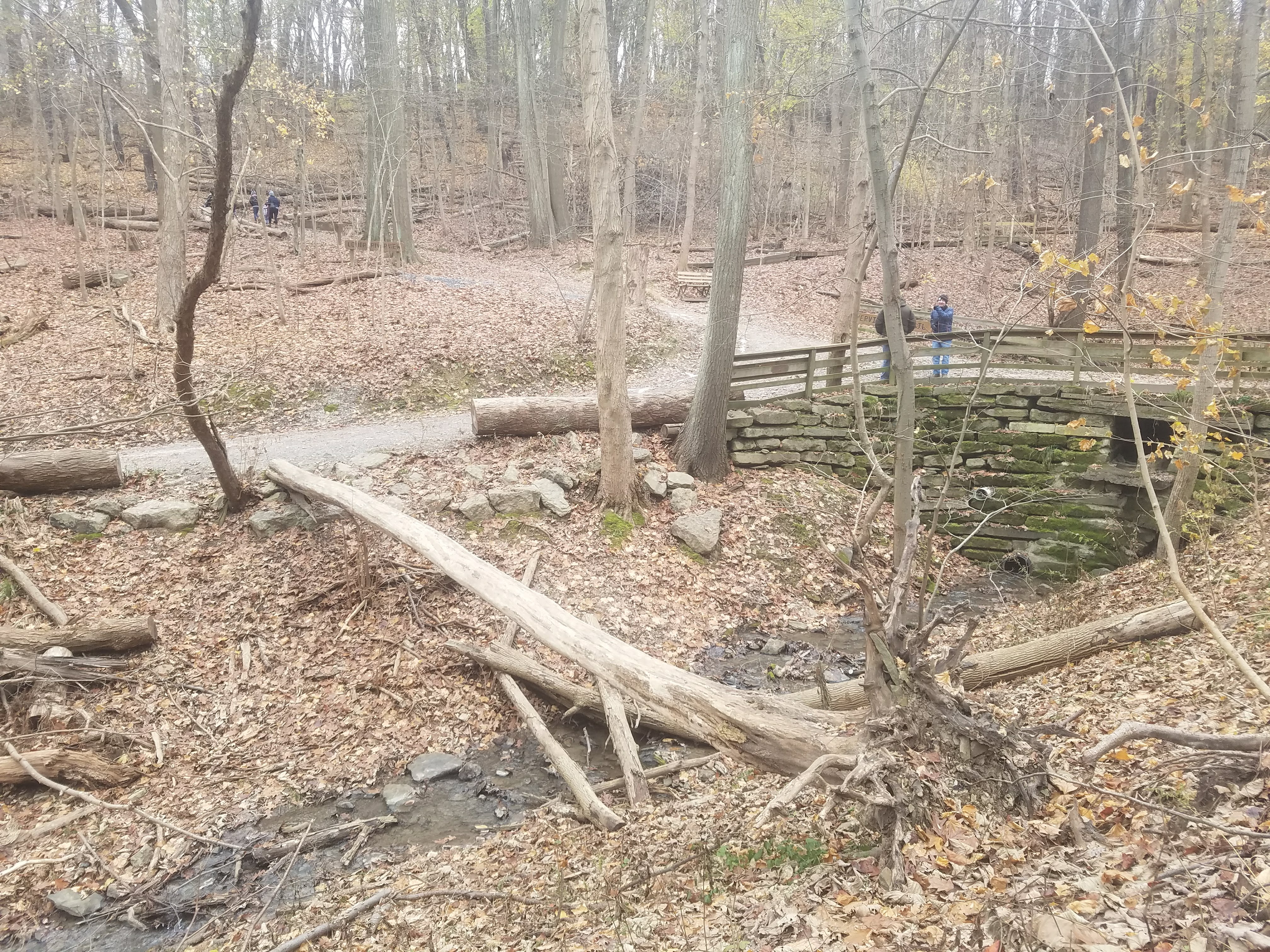Its hard to imagine how fast a year will go by, almost has fast as the flooding that has occurred on the Winooski river this year. I hail from Pittsburgh,PA and so Burlington holds many similarities but also difference. This location, Redstone Quarry, has brought about these relationships and has tied me even more to this area and environment. When I think about the hours I spent there and the time walking to and from I am amazed. I love thinking about layering all those moment on top of each other and seeing how it stacks up against the Redstone cliff that is there. I already know it is a place I will visit again next year, just to see what changes are occurring, to see the new interactions taking place. I don’t think I knew the connection I was going to build when I first picked the spot but as the trips built up the stronger I felt it. I love being able to track the cycles that are occurring in my spot and thus in Burlington as well.
My spot is very influenced by the interactions of nature with humans in the past and present. But I also am trying to see humans as nature and not separate, so the two are always interacting because one is an entity of the other. At my spot specifically Redstone Quarry is part of the backyards over quite a handful of houses. Every time I have gone out there I have seen dog prints and the occasional cat prints too. I have also of course seen human boot prints. I can imagine the kids that go to play with the water and see the budding flowers. The interaction is very strong in this place, I believe.
I think in the grand scheme of it all I am apart of Redstone quarry. I watched it go through its cycles with the season, quietly observing. I was careful each time to not disturb what was happening. I think after you spend time and experience an area you become apart of it, maybe even the first time you go somewhere you are apart of it. You are technically in it and thus contributing to it-affecting it. I know I am apart of Redstone Quarry because while I was experiencing it through its stages, I was in it with it changing as well.
My phenology spot has undergone so many changes and even now is still changing, growing. Trees are starting to flower, when I sit still I hear the sound of spring peepers, the birds are singing in the trees, and flowers are budding even more than last time. I can’t wait to see what the end of summer will hold in August when I arrive back.
Redstone Quarry holds so much to take in, especially for its small size. While I experienced its changes and grasped what a year of nature in Burlington was, I was growing and expanding as well. I know the Quarry will hold even more for me next year.


